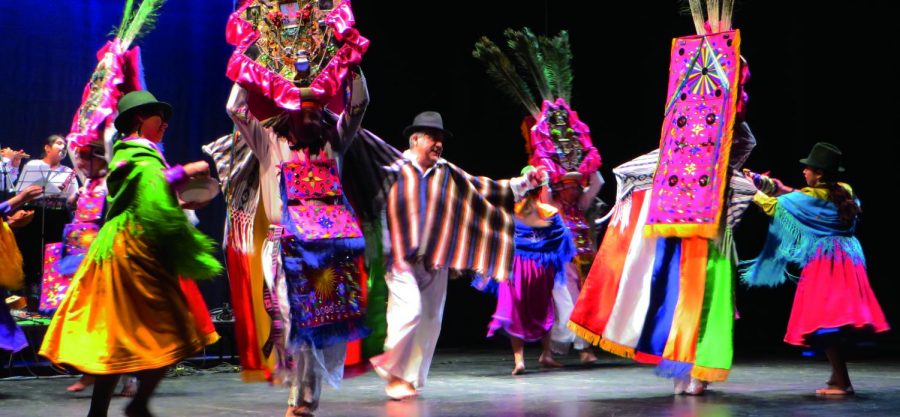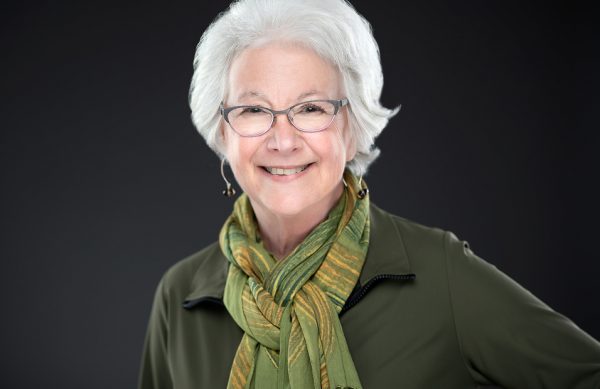Ayazamana Dancing Brightens the Dana Arts Center
Ayazamana took the stage at Brehmer Theater, showcasing their elaborate costumes and traditional Ecuadorian dance.
On Saturday, October 17, the Native American Students Association (NASA) hosted the Ayazamana cultural organization at Brehmer Theater in Dana Arts Center. Junior and NASA member Daniel Messner introduced the show, along with associate professor of Native American Studies and director of the Native American Studies program Carol Ann Lorenz.
“Ayazamana, whose name in the Kichwa language means ‘Peaceful Rest of the Soul,’ is an award-winning cultural organization based in the New York City area. It was founded in 1992 by Quito-born dancer, choreographer, and educator Jose Rivera. Mr. Rivera’s goal is to preserve indigenous traditions among immigrants from Ecuador, as well as to give others a window into the richness and diversity of Ecuadorian culture, especially through music and dance,” Lorenz said.
Rivera led many of the dancers through the energetic dances from different
regions of Ecuador. Dance is an important part of life throughout the country.
“Music and dance is an important component of celebrations, rituals, and daily life [in Ecuador],” Lorenz said.
All the colorful outfits, flowing skirts and plethora of hats gave the audience a vivid and inspiring glimpse into various part of Ecuadorian culture.
“Ayazamana has a large repertoire of dances enhanced by many stunning changes of wardrobe, including masquerades and dress inspired by both urban and rural settings,” Messner said.
Each song and dance has a purpose and story; some dances were sensual and romantic, where others celebrated the agricultural production of the year. The dancers used spears, bowls, machetes and other tools in their dances, further
demonstrating the depth and diversity of Ecuadorian culture.
The dances were characterized by beating feet upon the stage and a wonderful use of voice to lead the other dancers through the song. The show was carefully divided between song, dance and the accompanying band, Inti Andino. The band played instruments ranging from guitar to flute. Their creative usage of these different string and wind instruments assisted in the cultural immersion. The exchange of certain instruments also corresponded with the origin of each dance and song from different areas of Ecuador.
Overall, this performance was a great way to teach Colgate students about the beauty of traditional dance.




